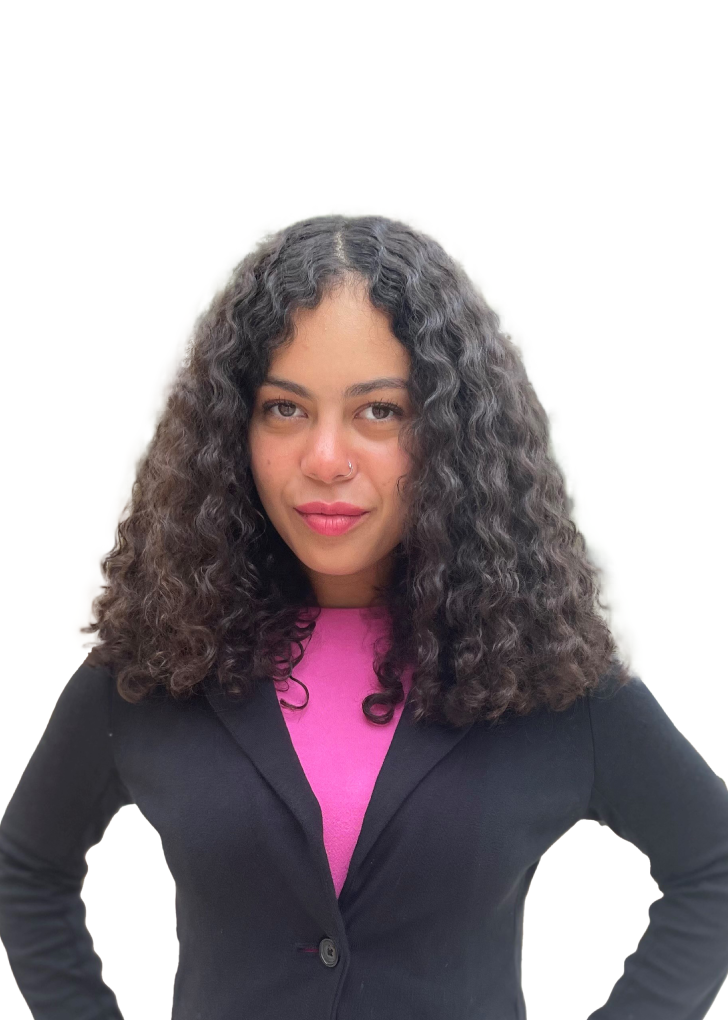A new study shows that placing children in group homes instead of with foster families is much more expensive — and many children’s advocates say it’s also worse for the kids.
The study, released last month by the Legislature’s Office of Program Policy Analysis and Government Accountability, found that slightly more than 11 percent of children who are removed from their families are placed in group homes rather than with relatives, friends or foster families.
Group homes cost the state nearly $81.7 million for approximately 2,200 children in 2013-2014 — more than $37,000 per child. In comparison, the state rate when a foster family cared for a child age 13 to 17 was $515 per month, or $6,180 per year.
On Jan. 1, foster families got a cost-of-living increase to $527 per month, according to the Department of Children and Families.
The OPPAGA study noted that the main purpose of residential group care is “to provide a setting that addresses the unique needs of children who require more intensive services than a family setting can provide. … Community-based care lead agencies may place children in other types of group settings based on the child’s needs, such as residential treatment programs, therapeutic group care or developmental disabilities group homes.”
The problem with that, advocates say, is that while many group homes are modeled on families, with live-in house-parents and smaller numbers of children, 57 percent of Florida group homes use shift workers who are less likely to develop positive relationships with the kids.
“When we got in fights, they’d call the cops, and we’d get arrested,” said Miranda Phillips, who lived in group homes from age 13 to 18. “People are going to fight, especially if you throw that many girls in a house together.”
Phillips is now 22 and works with Ready for Life, a Pinellas County program for kids who age out of foster care. She said the group home she lived in typically housed 40 girls. Calling the police to deal with fighting was common, she said, and often led to the teens being charged.
“A lot of us wanted to be caseworkers or work with kids, and they can’t do it because they have this [criminal] record,” she said.
But Shelley Katz, chief operating officer of Children’s Home Society of Florida, said some kids prefer group homes with shift workers.
“There are kids who thrive with shift staff,” she said. “We have some who have come back and worked for us.”
According to the OPPAGA study, only about 25 percent of young adults who choose to stay in extended foster care after age 18 choose a group home.
“Every kid is not the same,” Katz said. “Some need on-site interventions all day, every day. … In order to meet the need, we need a wide array of options.”
Group homes primarily serve older children, and more males and minority children with behavioral health issues, the study noted. Physical aggression, running away, truancy and drug use all were more pronounced among children in group homes as opposed to foster families — but according to the study, those were the behaviors that landed them in group homes to begin with.
Christina Spudeas, executive director of the advocacy group Florida’s Children First, said she often hears that foster parents will refuse to take these “difficult to place” kids, or that the kids are so damaged they can’t live in regular homes.
“Foster parents have these kids and adopt them also,” she said. “But foster parents need additional support and services to help them. The cost of helping them to provide a home for hard-to-place kids would be far less than keeping the kids in a group home.”
Carole Shauffer of the San Francisco-based Youth Law Center, who has fought against the use of group-home placements in Florida, said children who live in group homes generally lack models for parenting their own children.
“How do you know how to parent?” she asked. “You already came from a home where parenting was a problem if you’re in a group home.”

